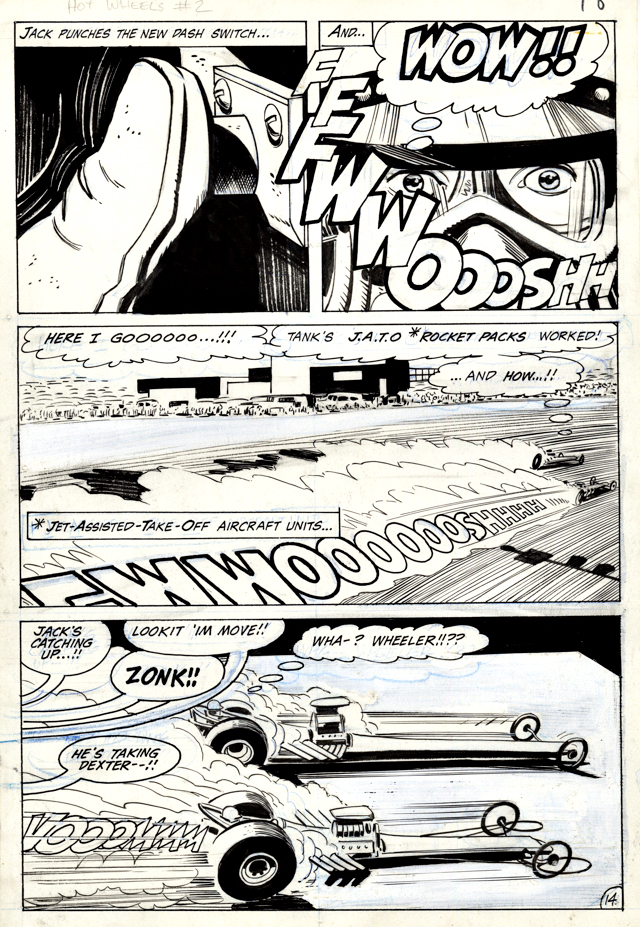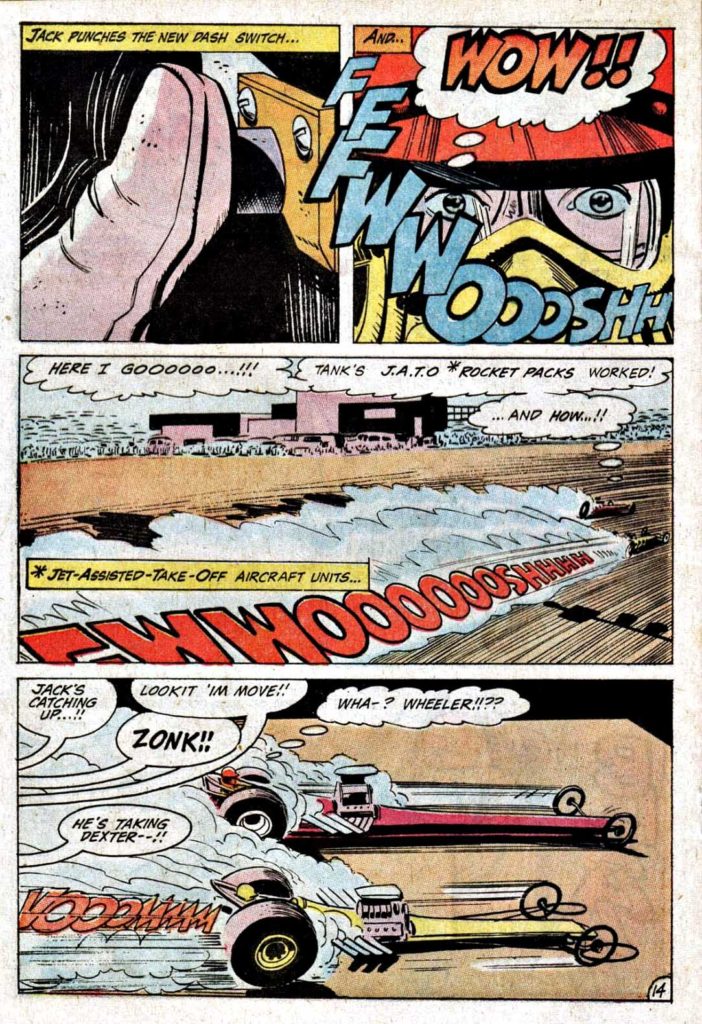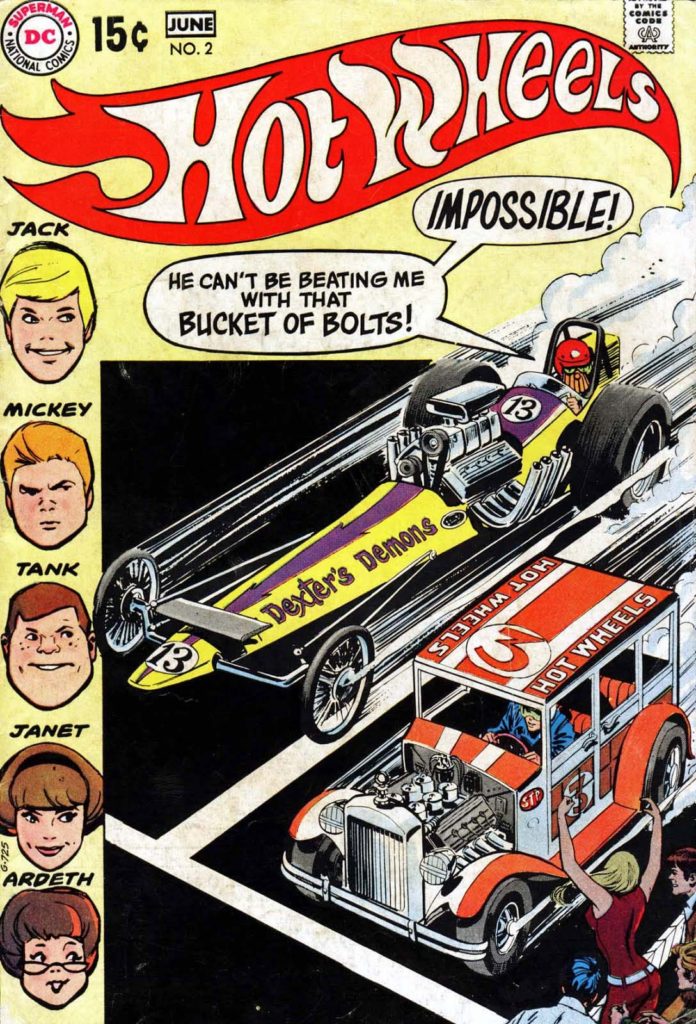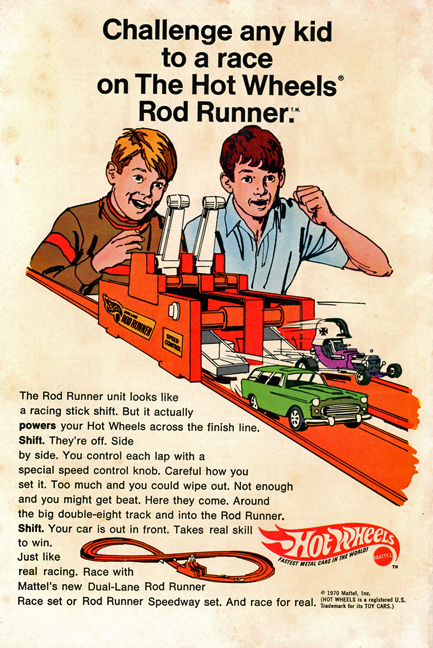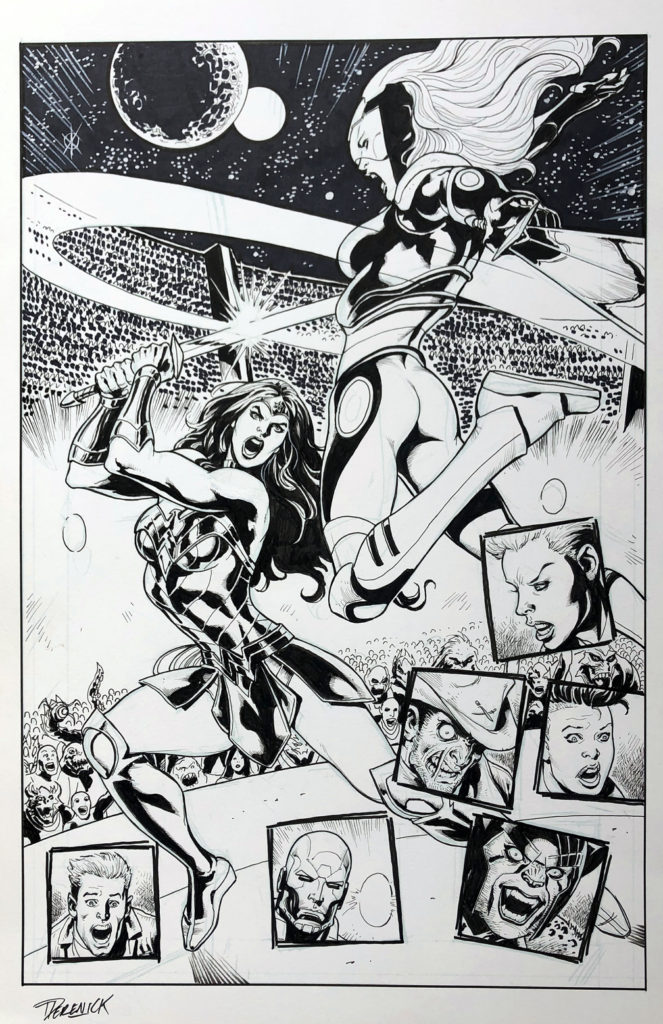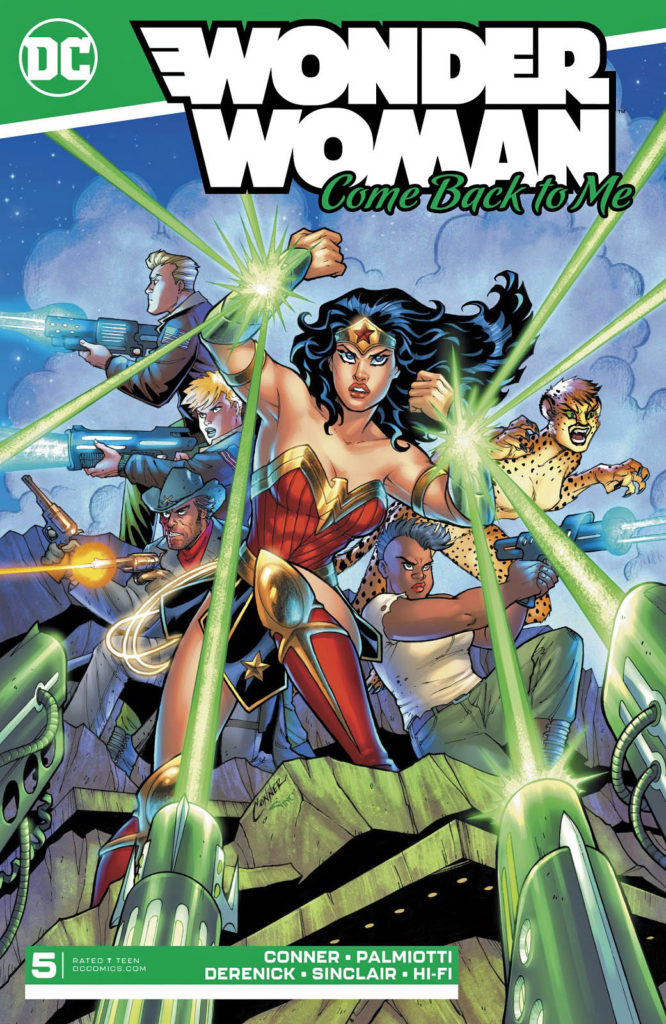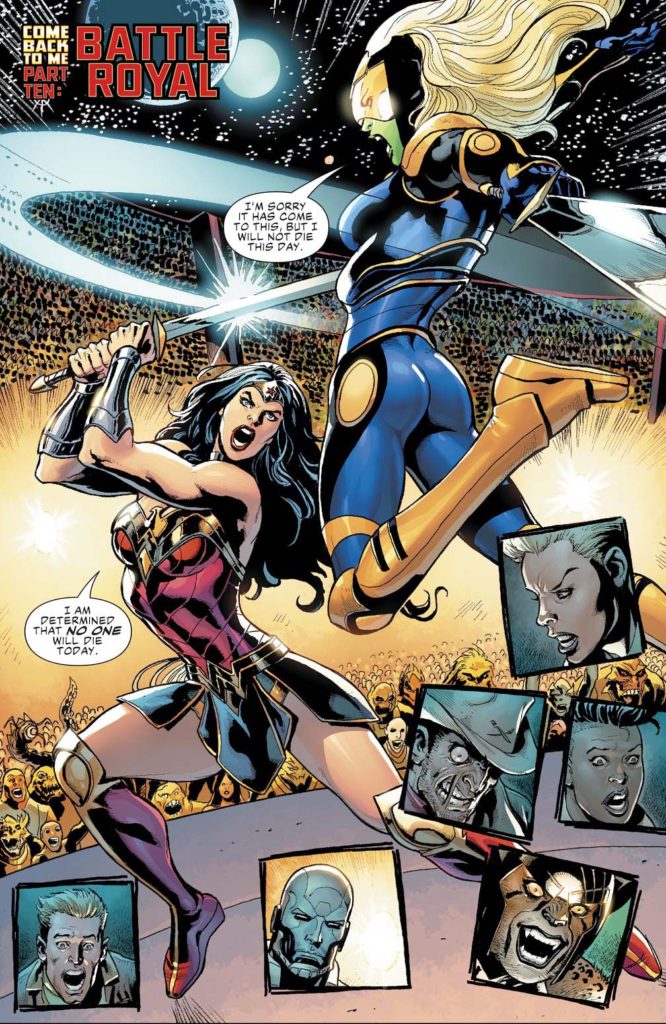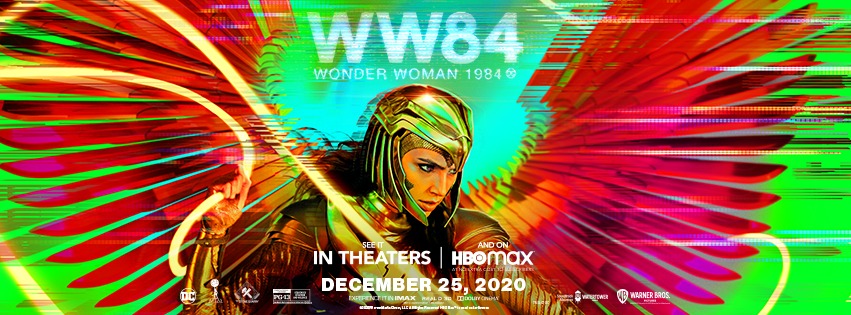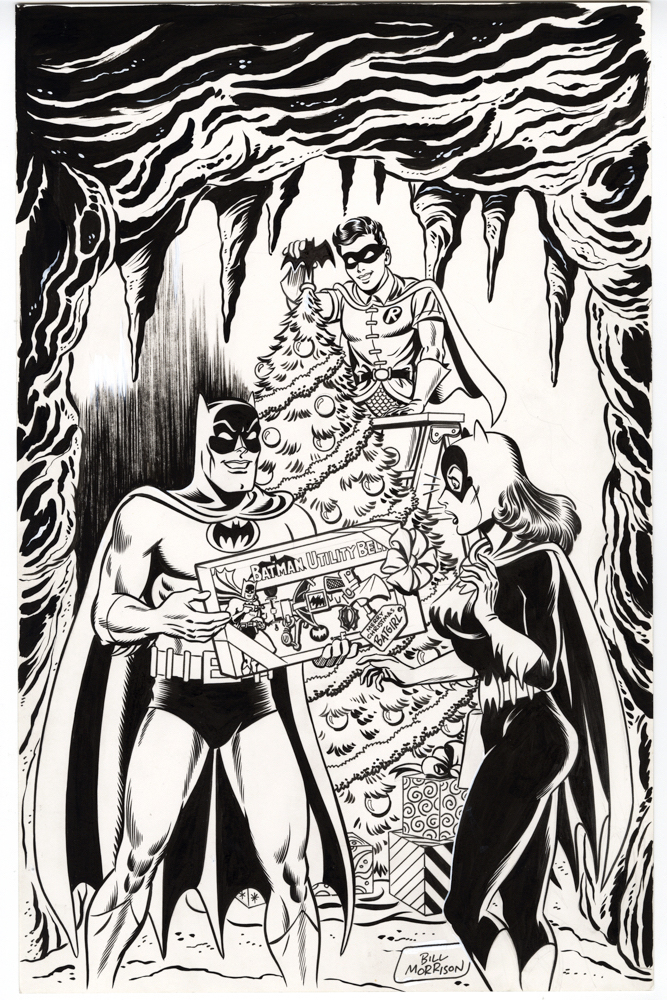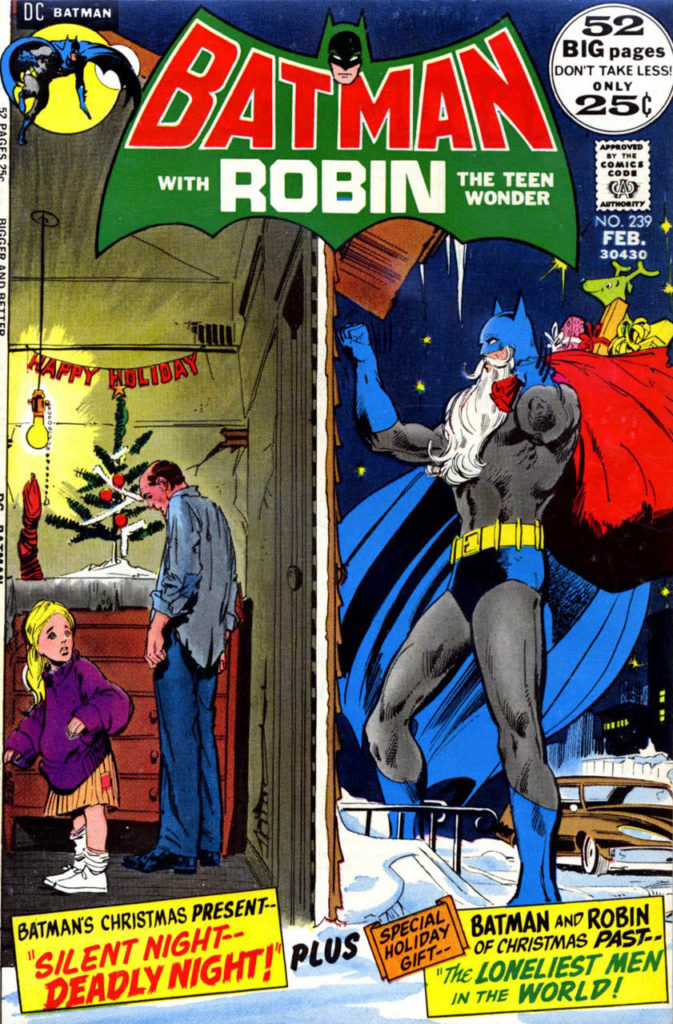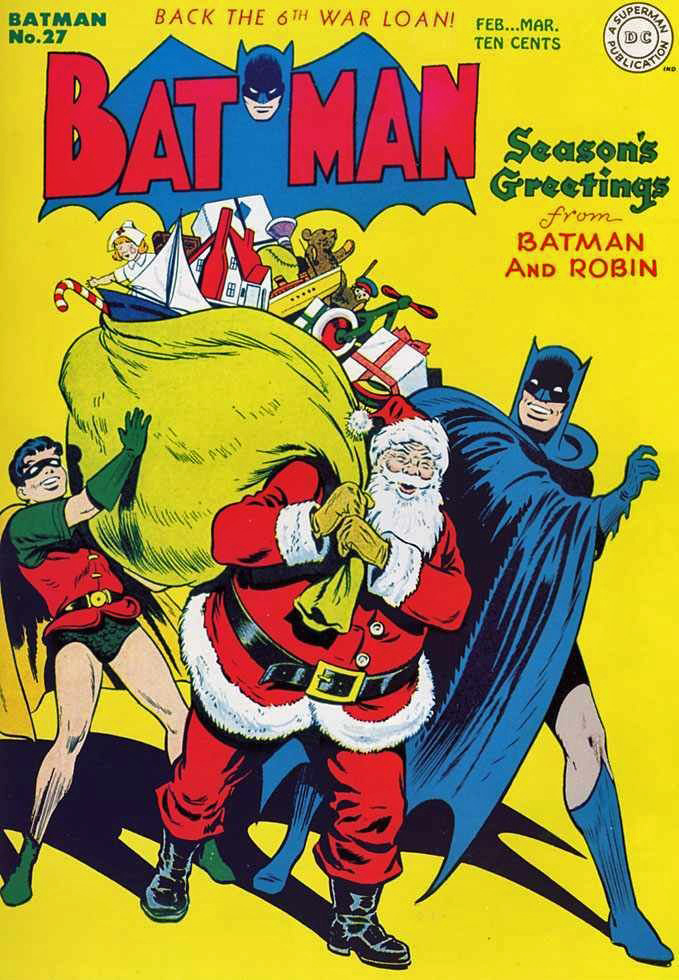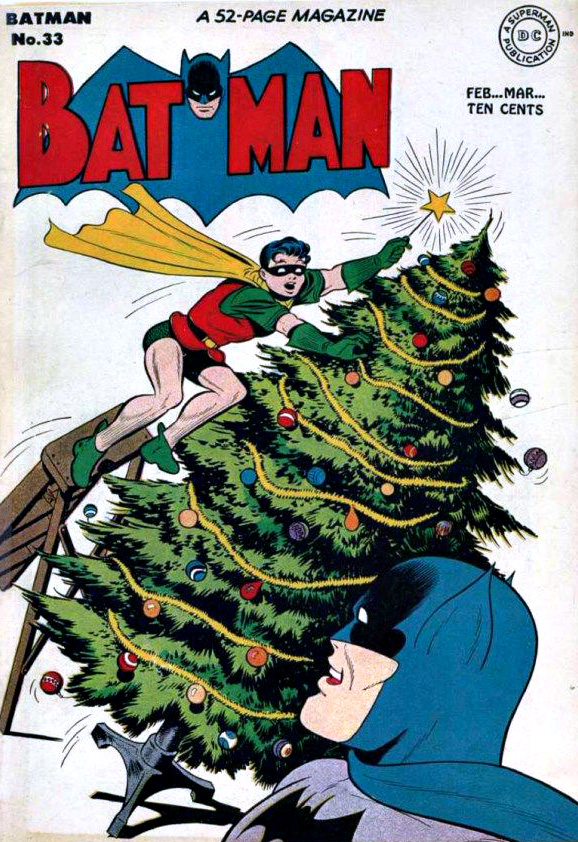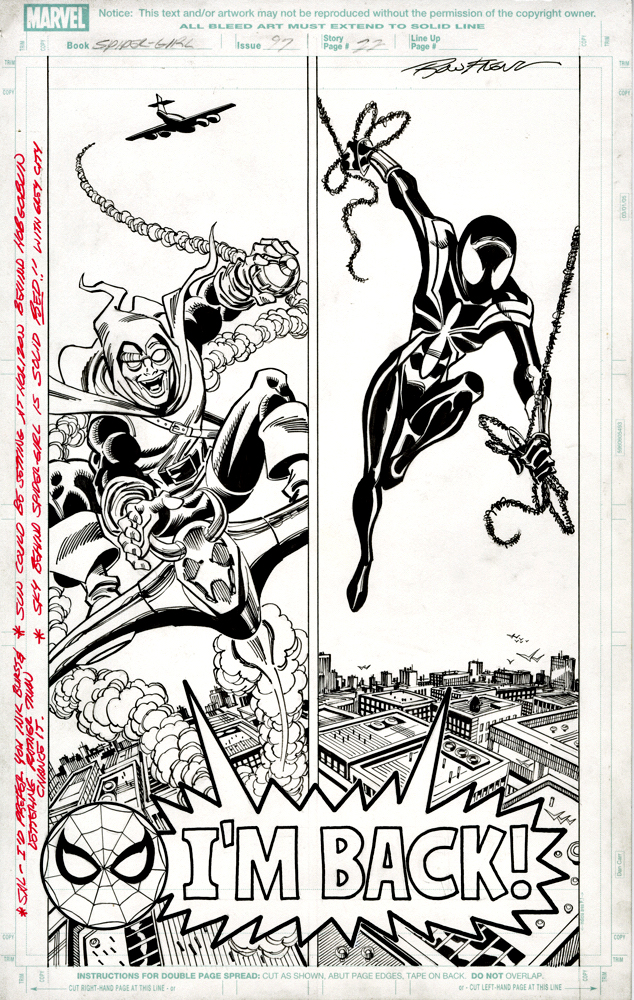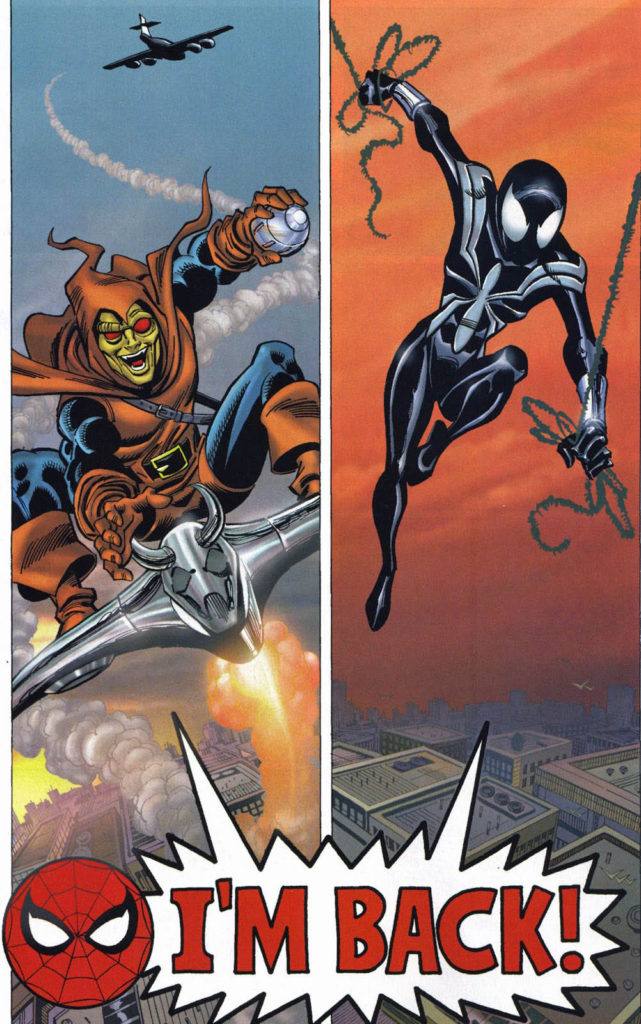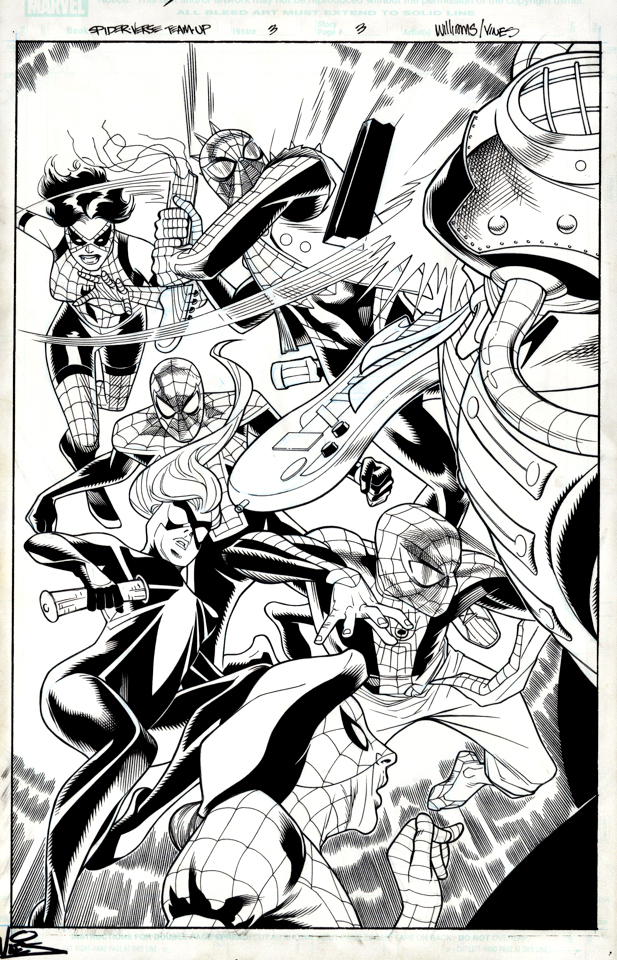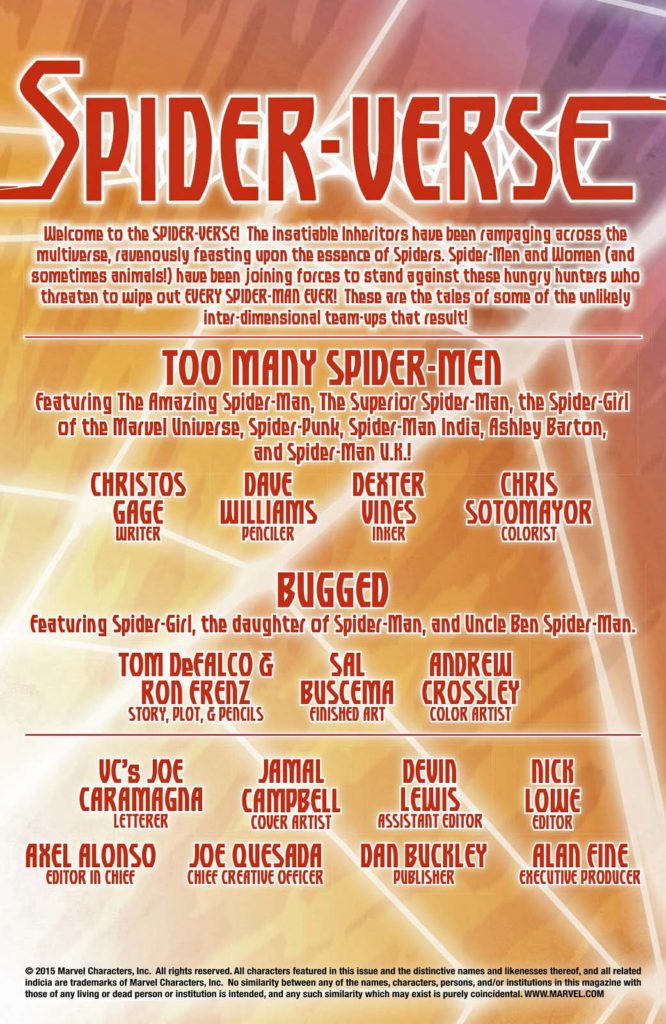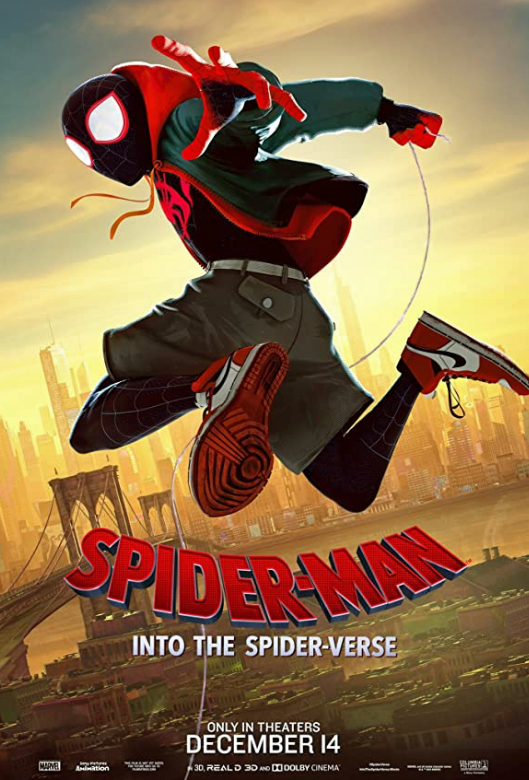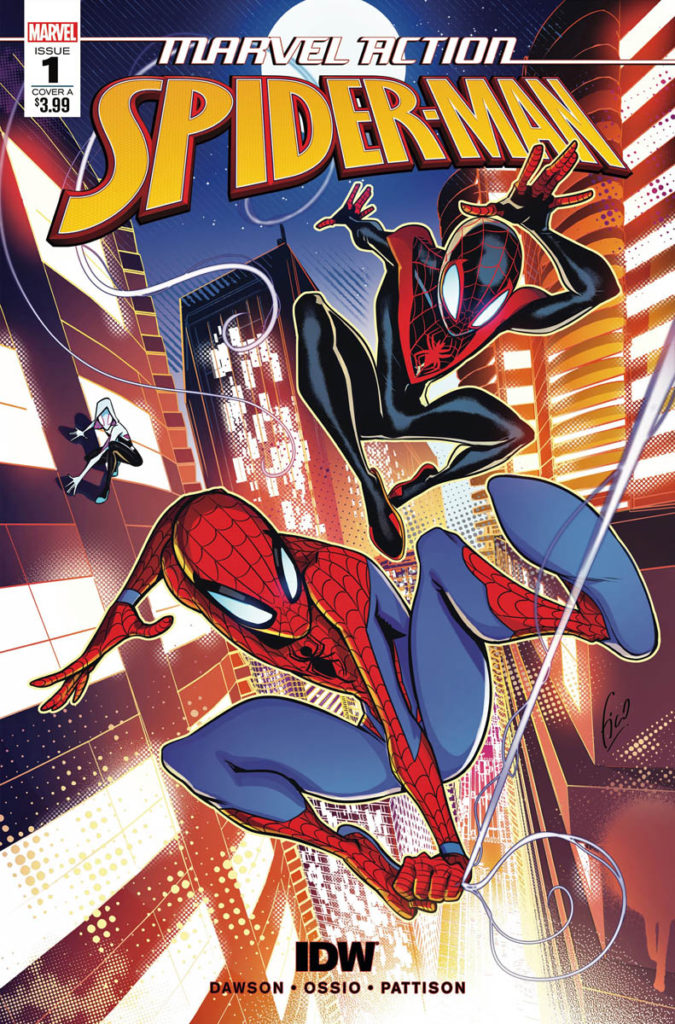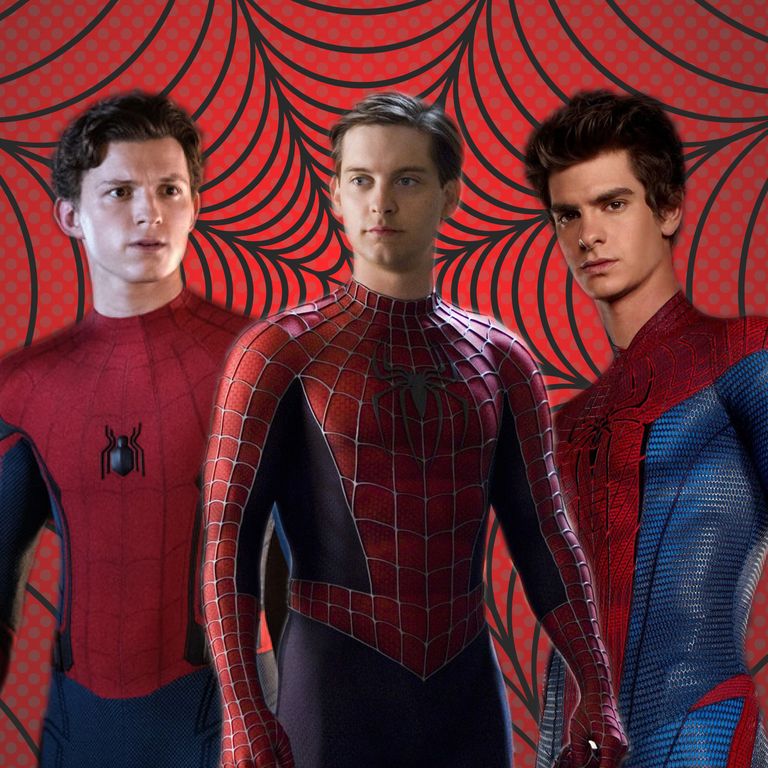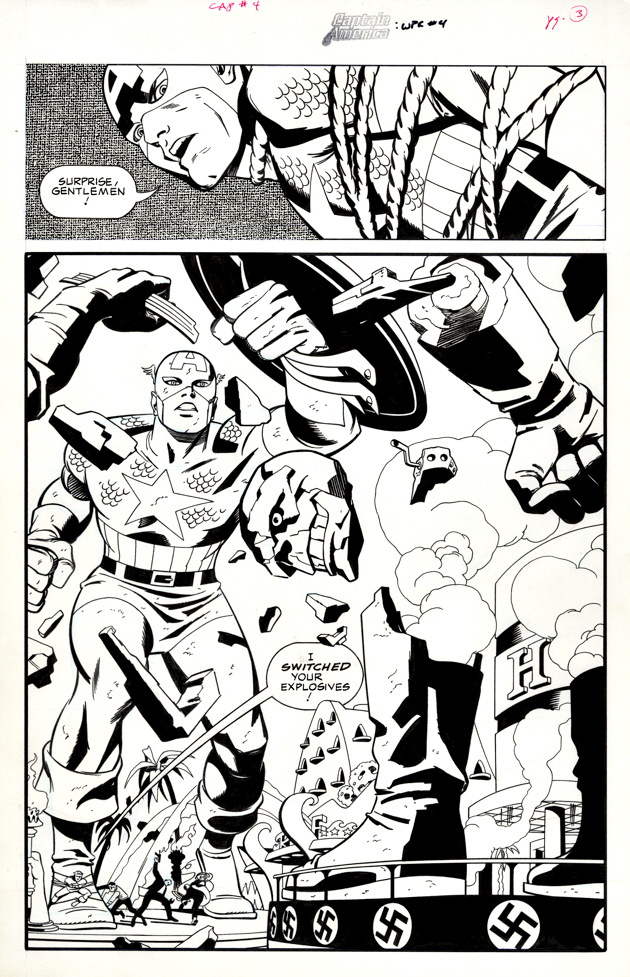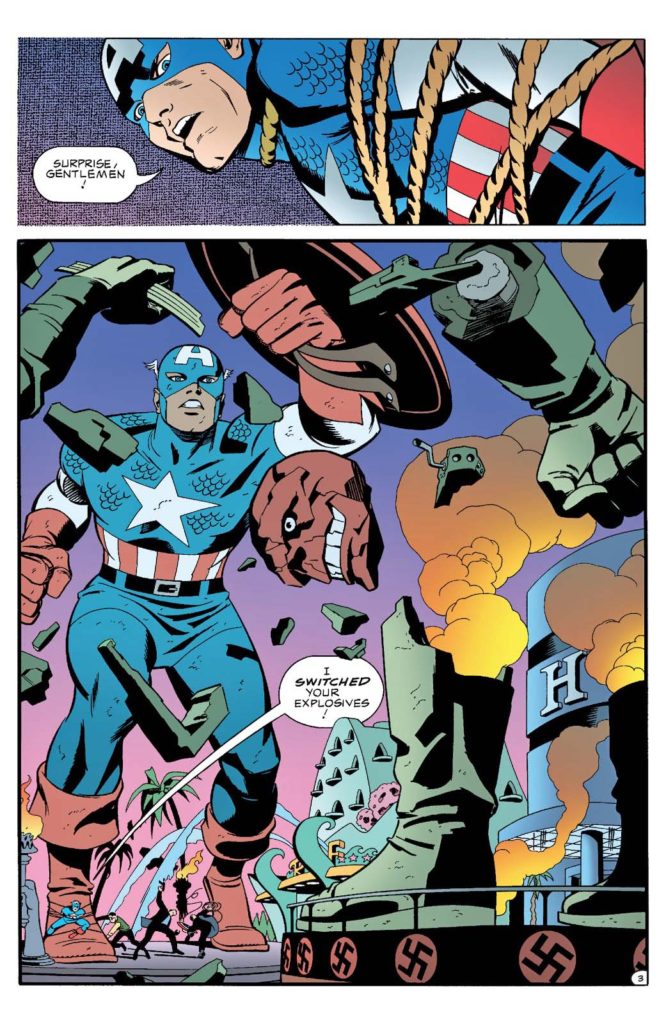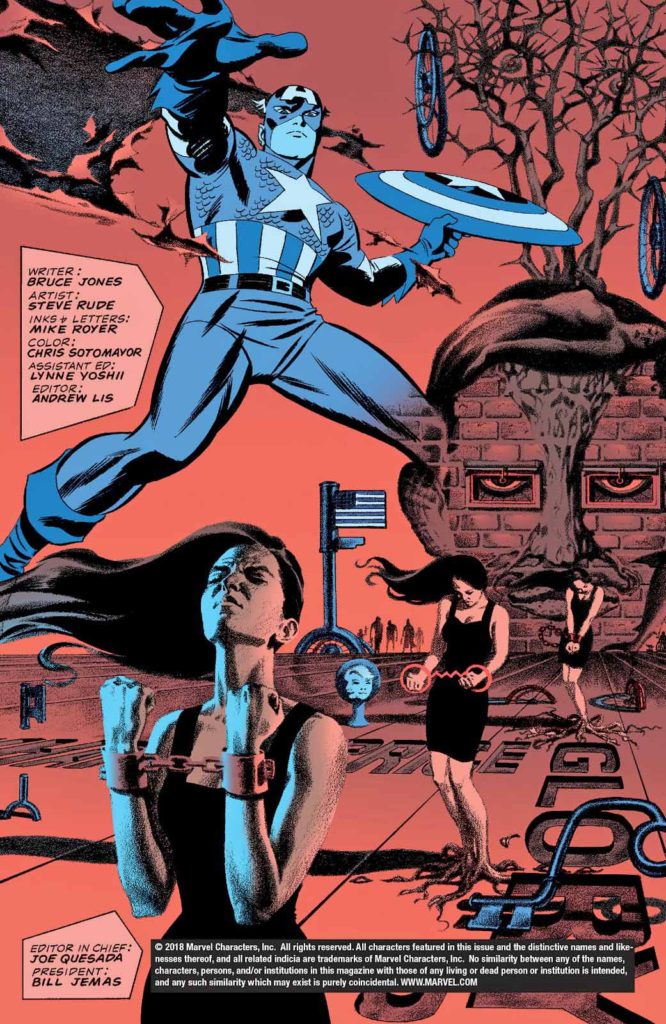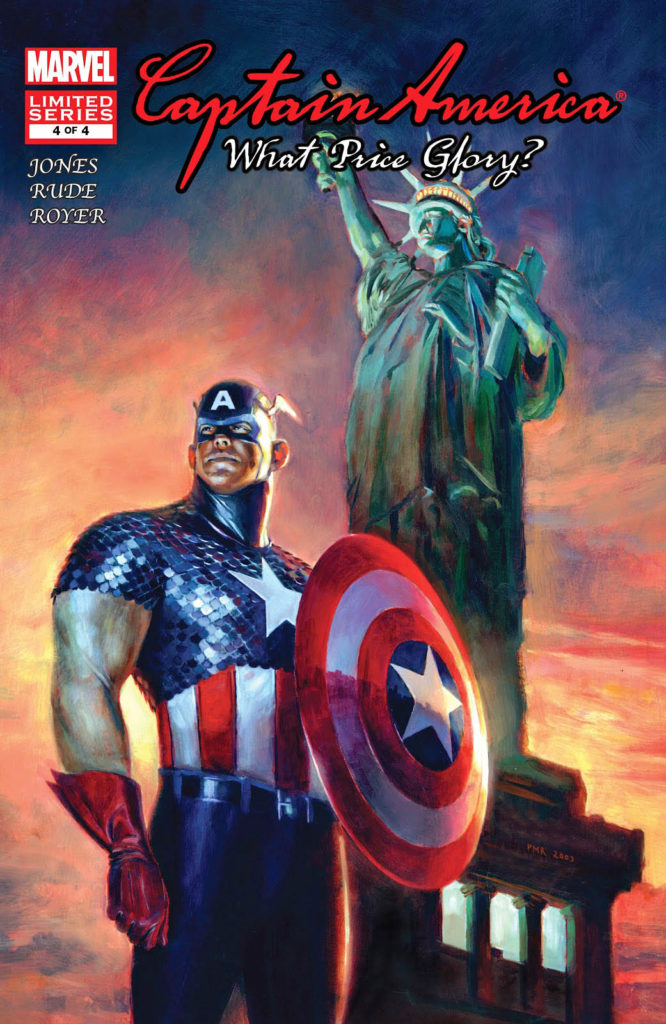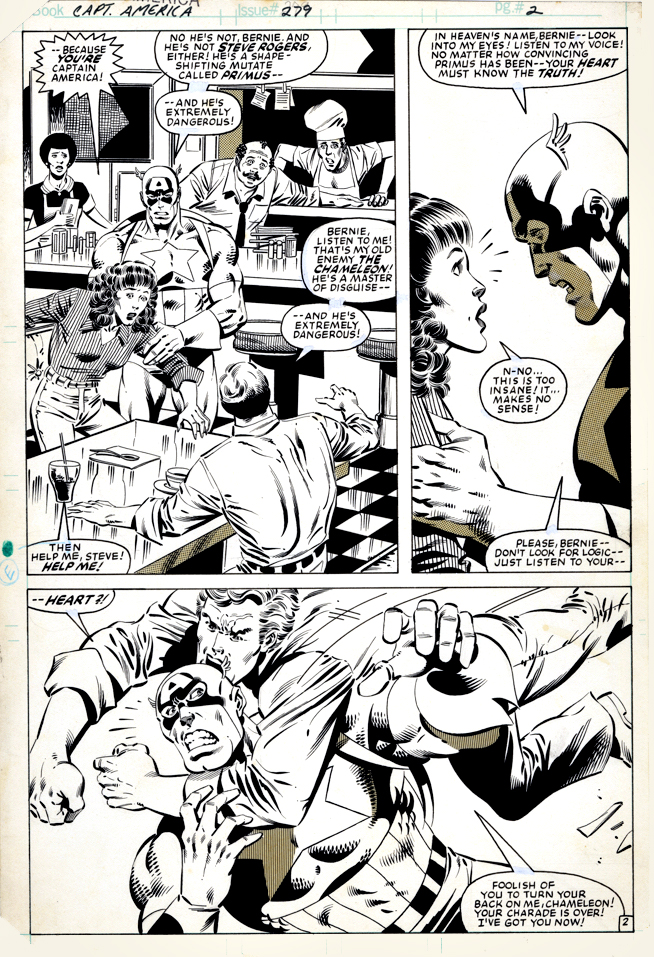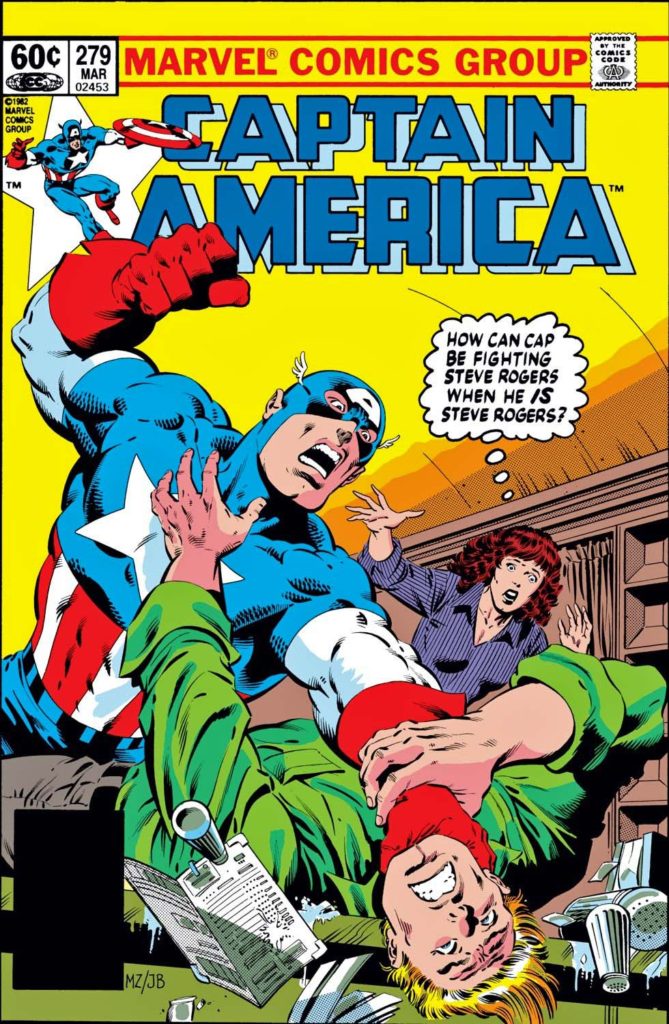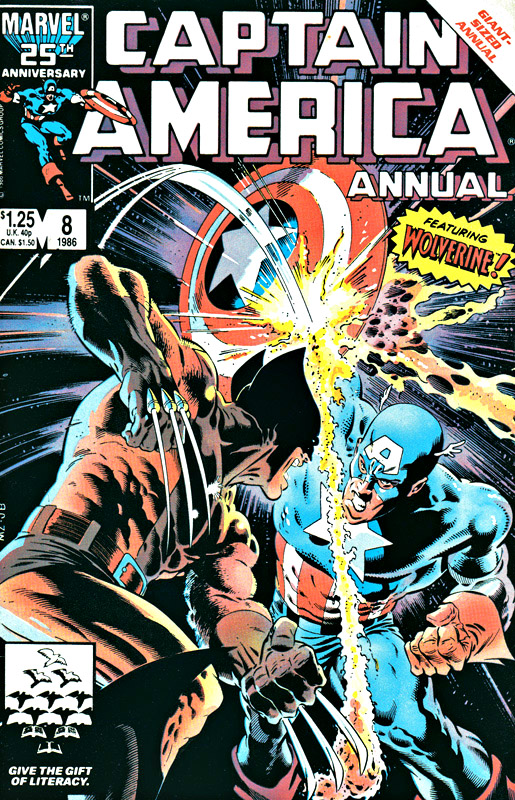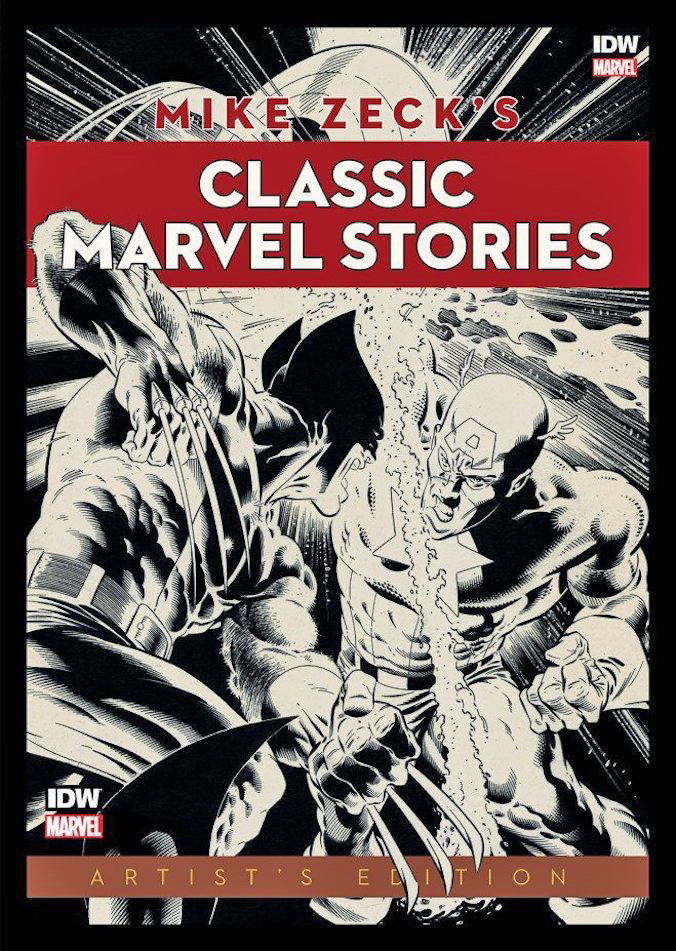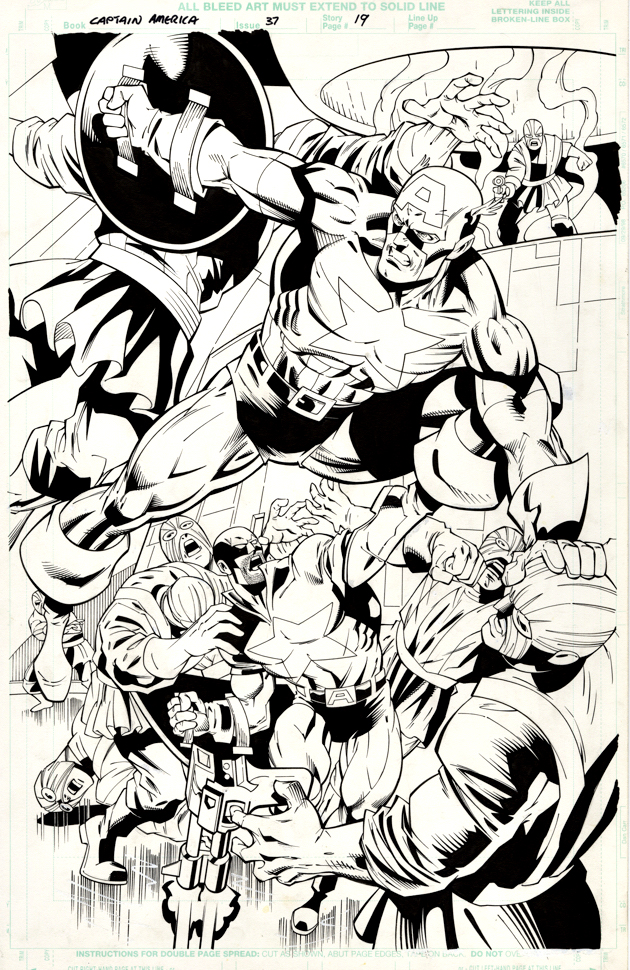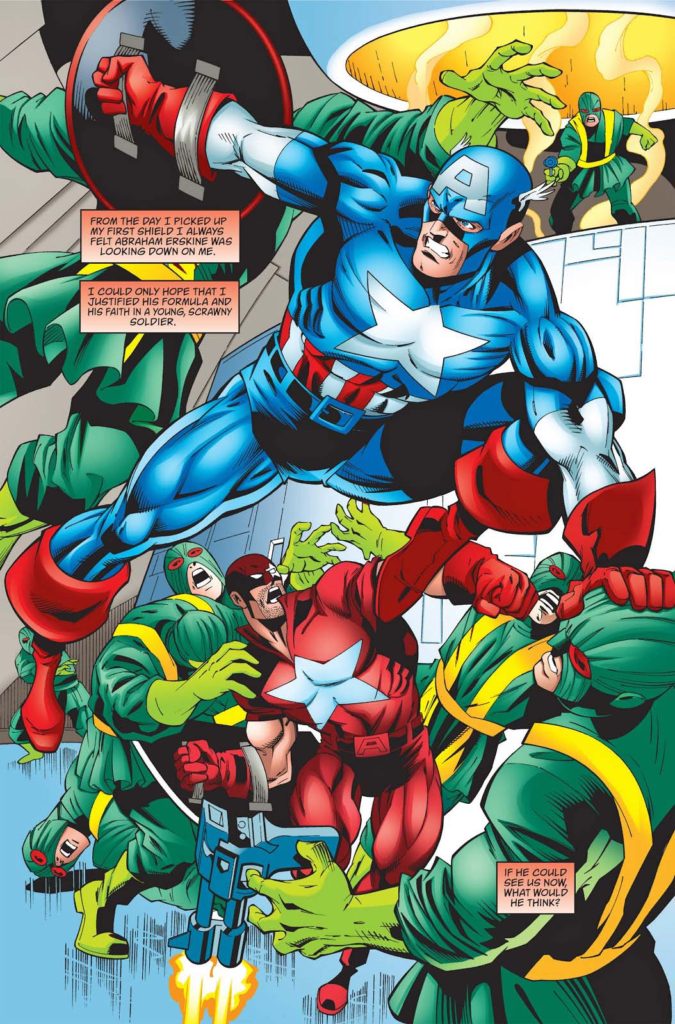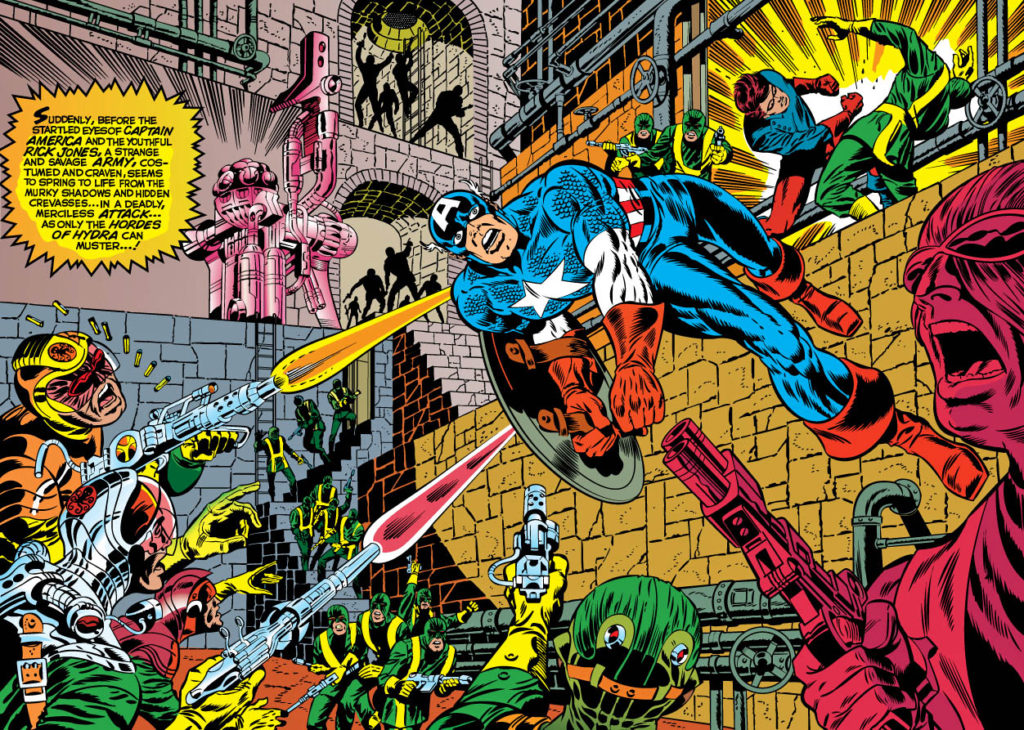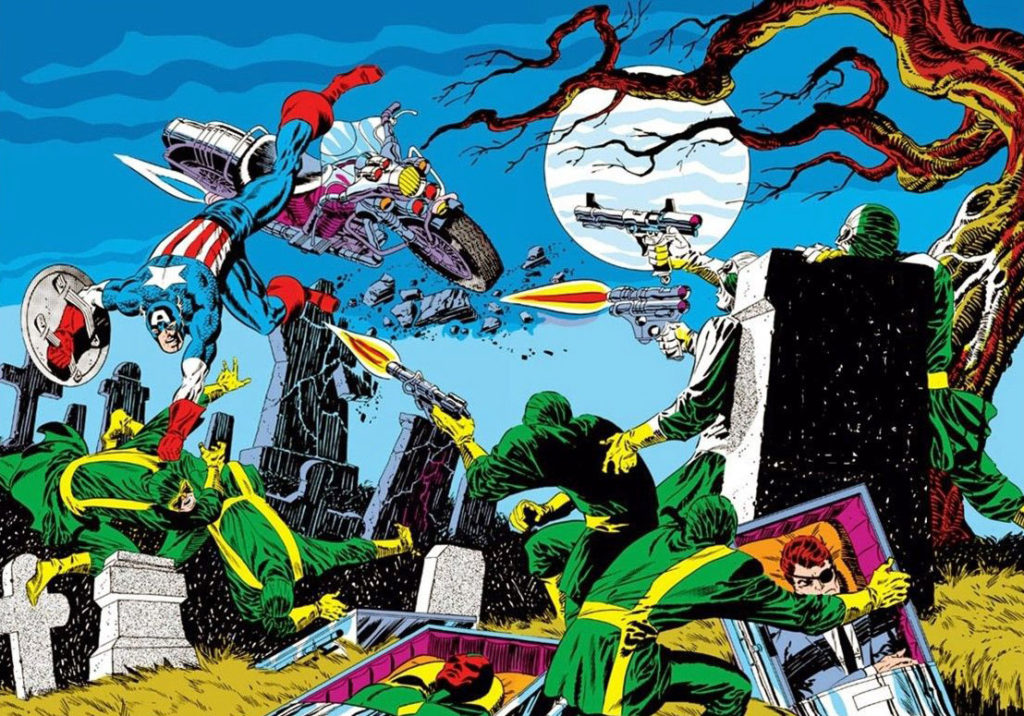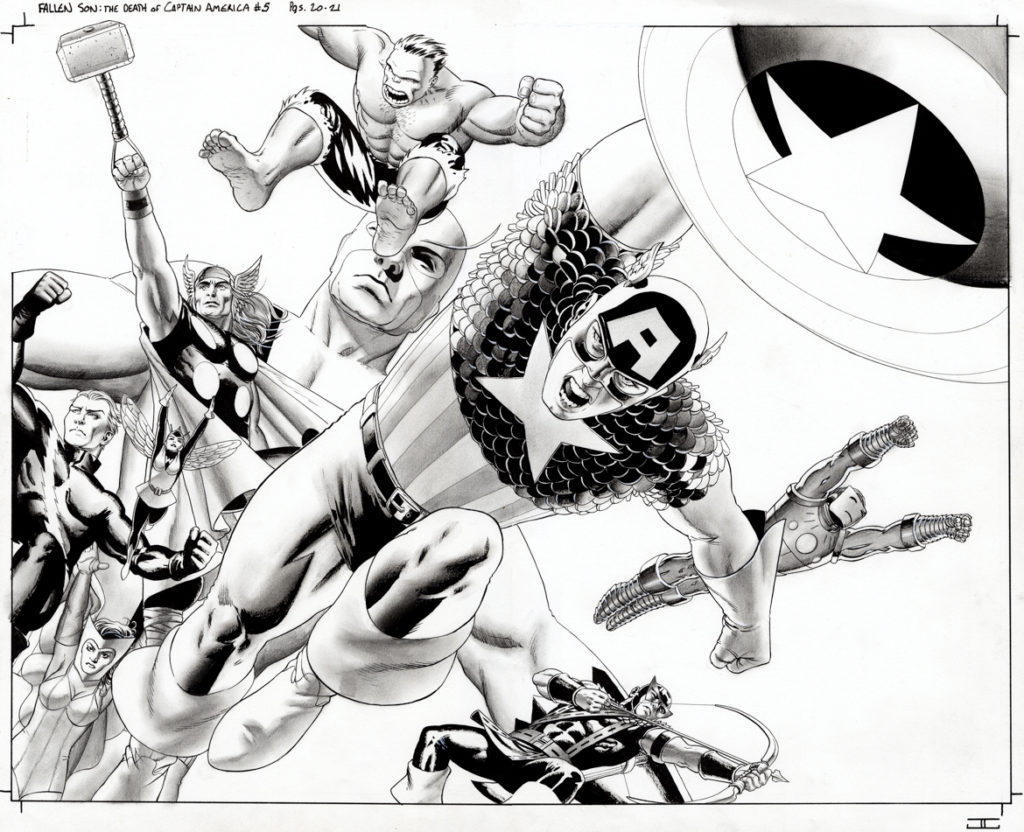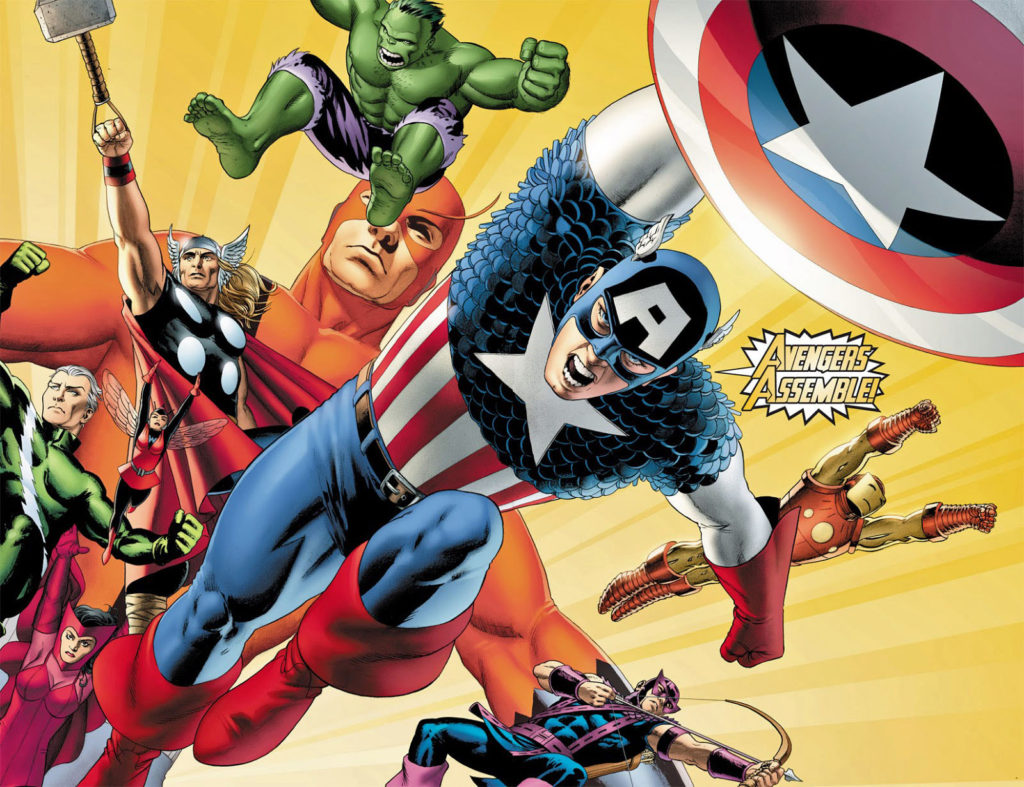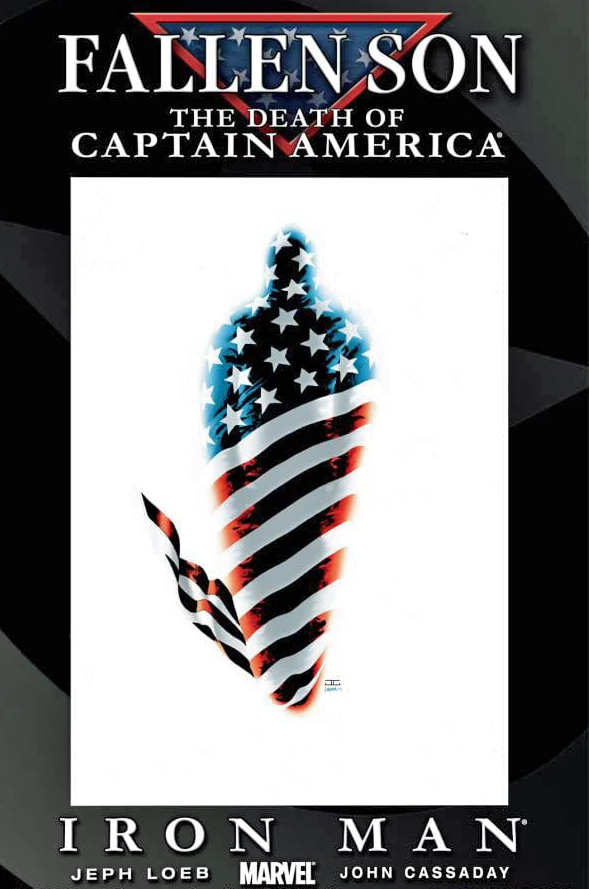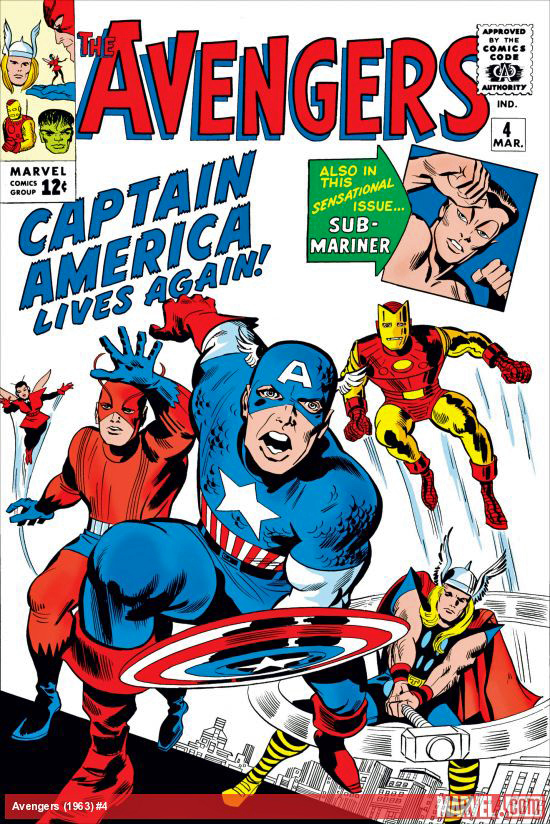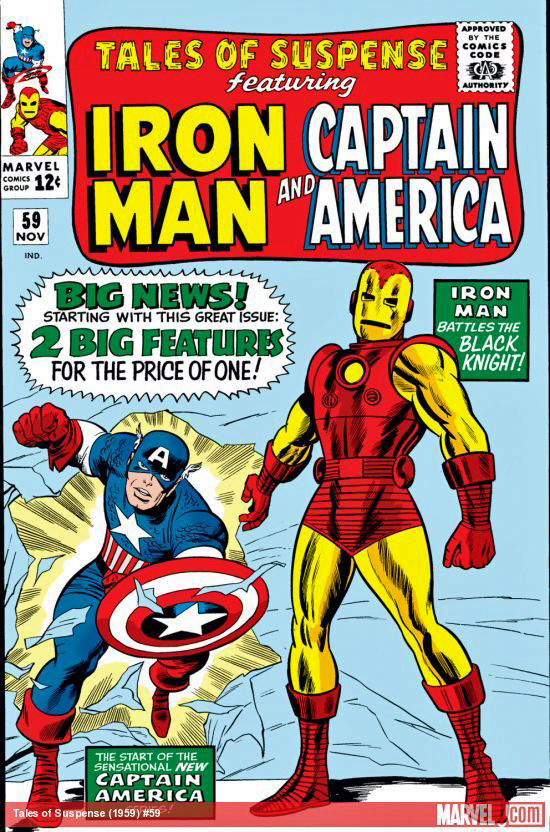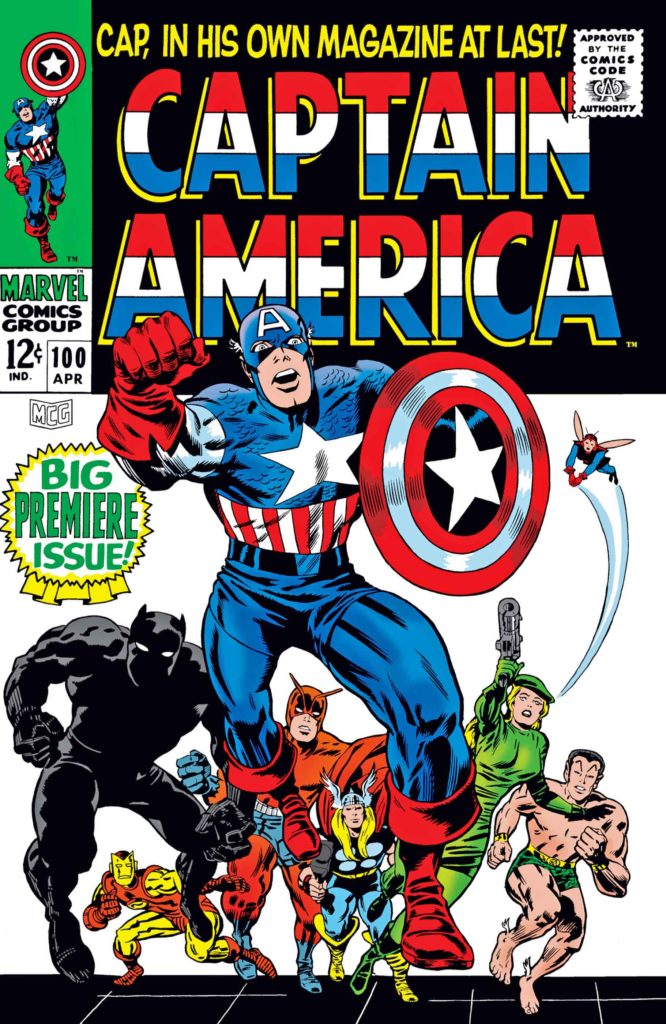Alex Toth — Toys For The Holidays (Part 1)
Hot Wheels #2, June1970
Mattel’s introduction of Hot Wheels in 1968 brought the 60s Cultural Revolution into miniature toy cars.
I had casually collected matchbox cars previously, and enjoyed them, but Hot Wheels’ souped up designs and colors were game changers. I couldn’t get enough.
And those crazy bright orange track sets and accessories? Near the top of my list for Hanukah 1969 and 1970, if I recall correctly.
DC jumped into the Hot Wheels business with a short-lived (six issues) licensed comic book series based on the animated TV series. Alex Toth, who knew both comics and cars well, and had developed the look and feel of the TV series, drew many of the stories.
I’ve tried for years to collect those six issues into a deluxe hardcover. In fact, I’ve had multiple meetings with senior execs at Mattel who all agree that it absolutely should be collected. Then, when push comes to shove, a contract never appears. My theory, and it’s based on similar situations, is that no one wants to take responsibility for the legal time and money spent on a project that ultimately doesn’t have much revenue potential in the scheme of things.
Sigh. Alex Toth’s art should never, ever remain in limbo.

